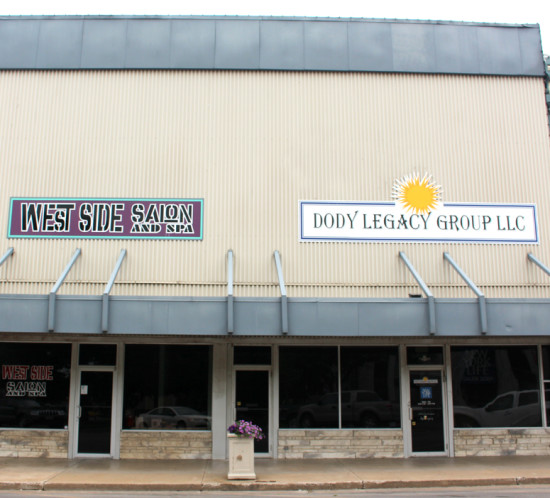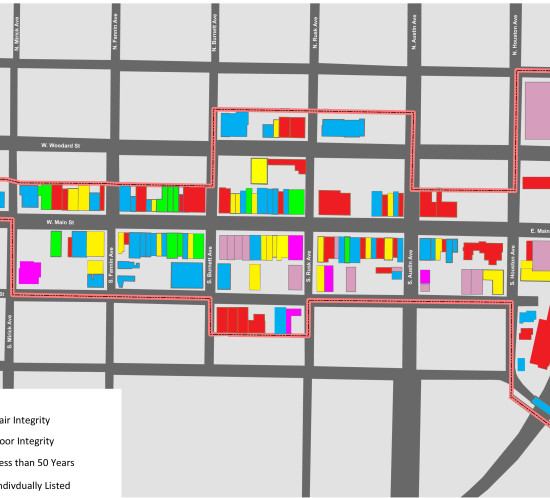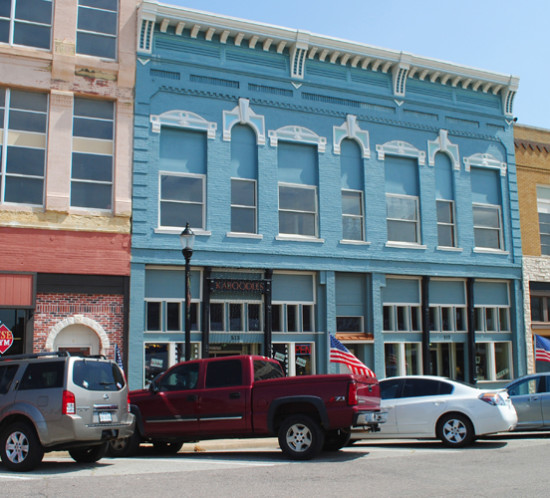ROSIN KNOWS MAIN STREETIntegrity Revealed
A thoughtful re-examination of buildings in an existing historic district can identify resources that may previously have been overlooked as non-contributing. While improvements cannot add integrity to a building, reversing non-historic alterations can reveal integrity









